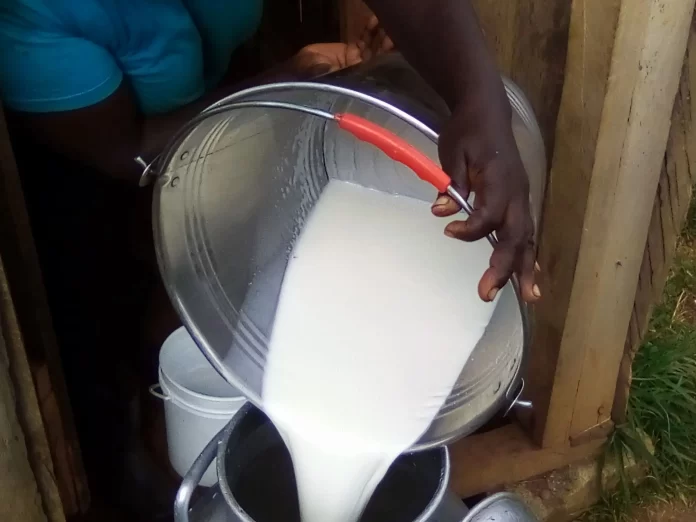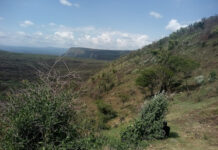Brian Gitonga, DevReporter, Meru County
Key Highlights
- Ayrshire, Jersey and Friesian are the main dairy cow breeds in Meru.
- Substandard commercial feeds are a challenge to dairy farmers in the area.
Agriculture is vital to Kenya’s economy because it comprises about 33% of the country’s Gross Domestic Product (GDP).
According to the current Kenya Dairy Board (KDB) statistics, dairy farming supports around 1.8 million small households. The sector produces approximately 4.6 billion litres of milk annually.
Significant Contributor
As a significant contributor in milk production, Meru County has numerous dairy cooperatives, which have evolved from milk vending to major distributors of dairy products.
According to a recent study, Meru County has an estimated 180,000 heads of dairy cattle. Most of the small-scale farmers in the county come from South Imenti Constituency.
Esther M’Ibari, a 70-year-old woman is a resident in the constituency. She recently started engaging in dairy farming, and she shares her motivations:
“I entered dairy farming to fight poverty. It is the most profitable farming activity here. Through it, I can afford basic needs, such as medicine, and be able to educate my grandchildren. No more borrowing of money.”
David Mawira, who resides in Mutharene village in the same constituency, has been engaged in dairy farming for twenty years. He also shares his experience:
“Due to the climatic conditions in this area, we rear Ayrshire and Friesian breeds. On average, I produce 1,000 litres of milk per month. Thanks to this, I have acquired more land, educated my children, and ventured into other businesses.”
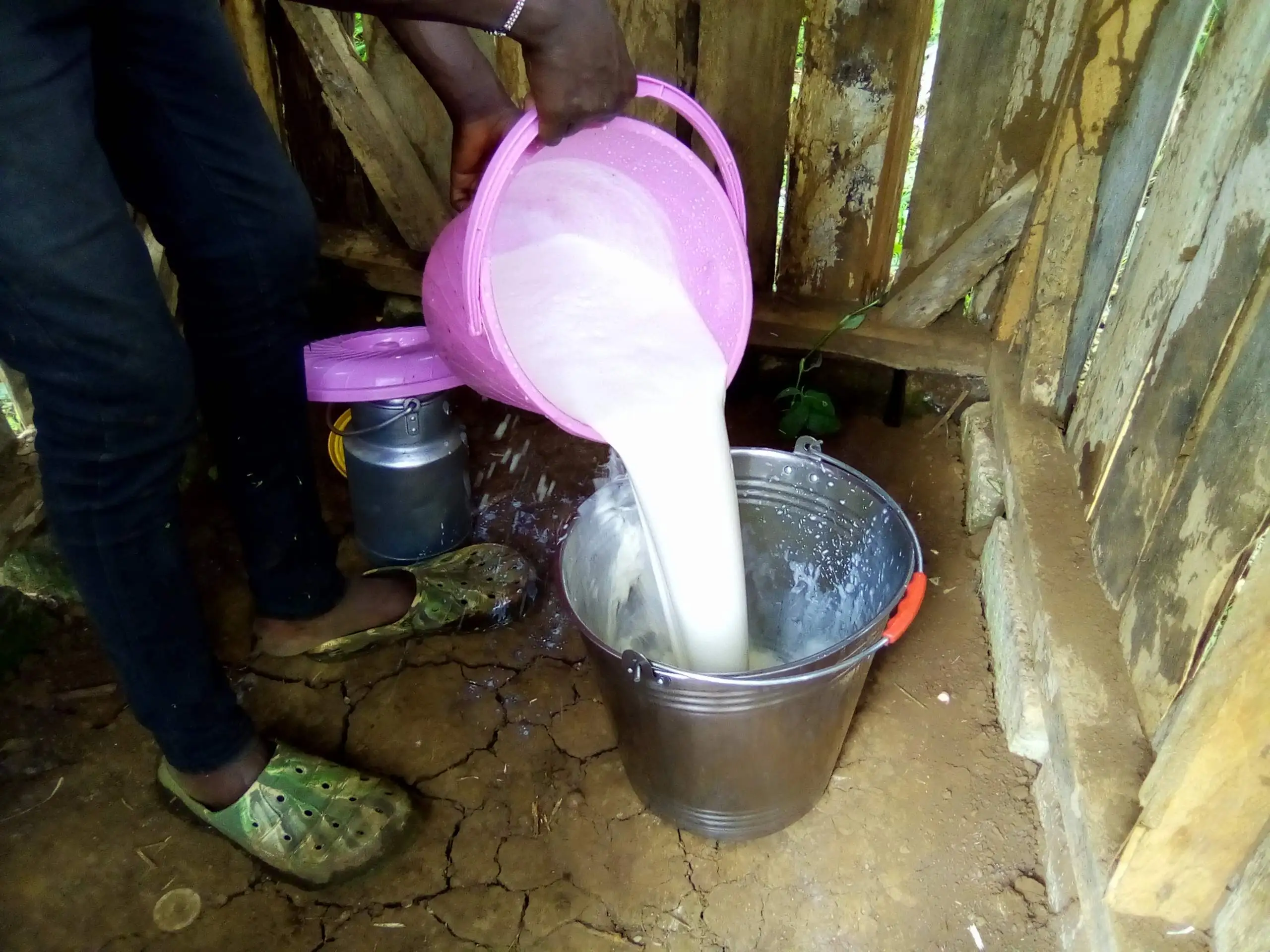
Grazing System
On her part, Purity Mwiti who comes from Chure village, mentions that land size influences grazing methods. Due to limited space, dairy farmers in the area use the zero-grazing system, whereby they feed their animals with Napier grass and hay.
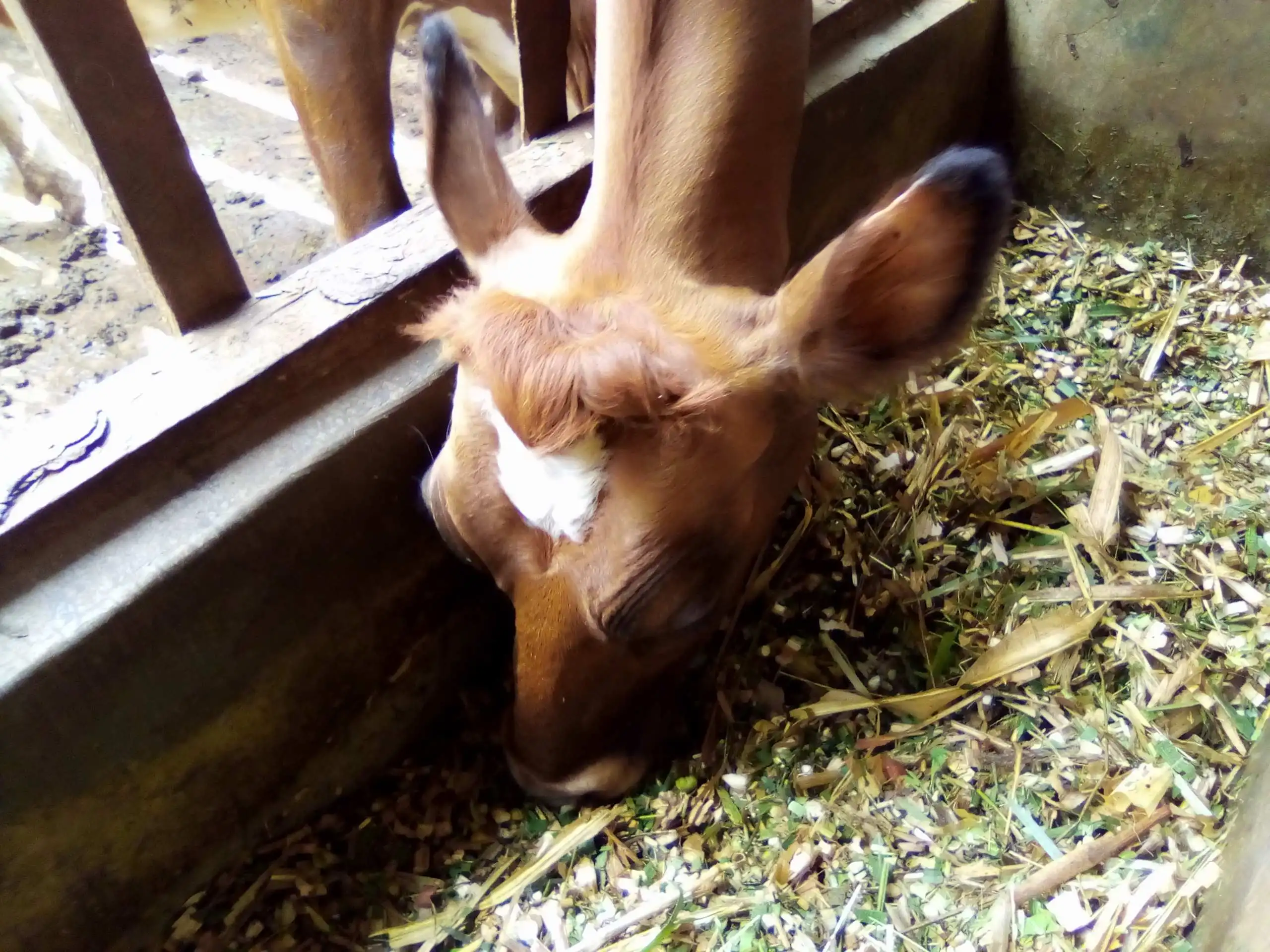
Pricing of Milk
Joseph Mburugu of Abogeta Ward is satisfied with milk pricing in the area.
“We sell milk to Chure Dairy Cooperative at Ksh. 50 per litre. Compared to other sources of income, dairy farming is the best. Around the ward, there is a lot of personal development being done by dairy farmers. That is the impact of dairy farming,” Mburugu elaborated.
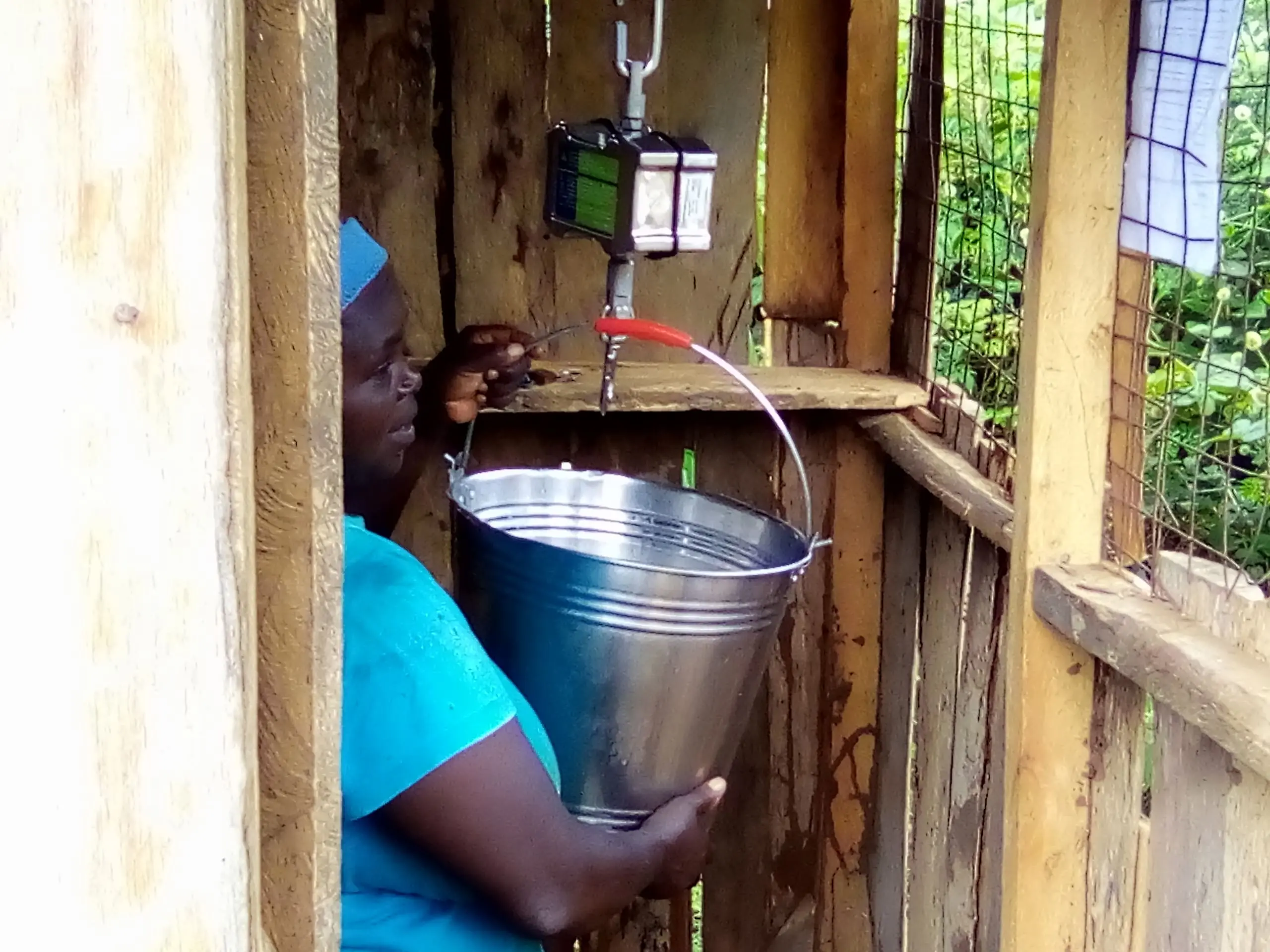
Support Initiatives
Esther Ntibuka, who hails from Kiamutuja village, highlights the support the county government and co-operatives give to dairy farmers.
“The county government and dairy cooperatives provide workshops on animal diet and disease management, which provide skills that help boost milk production.”
Explaining how the cooperatives support dairy farmers to increase productivity, and therefore fostering sustainable development goals, Grace Miriko, who is the assistant secretary manager at Chure Cooperative, states:
“As a cooperative union, we provide commercial animal feeds, deducting the amount from the farmers’ pay. We also facilitate milk transport from collection points to the dairy factory. Additionally, we have provided about 1,000 Jersey cows to improve the farmers’ breeds, and therefore, milk quality.”
Critical Challenges
However, dairy farmers in Meru County are not without challenges. Joseph Mburugu highlights the critical challenges the dairy sector faces in the county:
“There are substandard commercial feeds that are being sold here. Substandard feeds cut milk production. Also, diseases like foot and mouth cause fatalities. However, the county government usually deploys veterinary officers to assist farmers.”
Joseph Mutea, the county’s Agriculture, Livestock, and Fisheries Chief Officer, outlines the support for farmers by the county under Article 10(2b) of the constitution:
“We have a ward fund targeting the marginalised areas to enable dairy farmers to purchase additional feed, such as hay, during severe hardships. Our administrators also collaborate with the national government to enhance security in areas susceptible to cattle rustling.”



